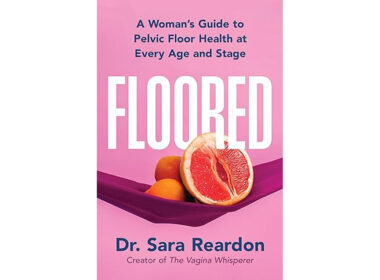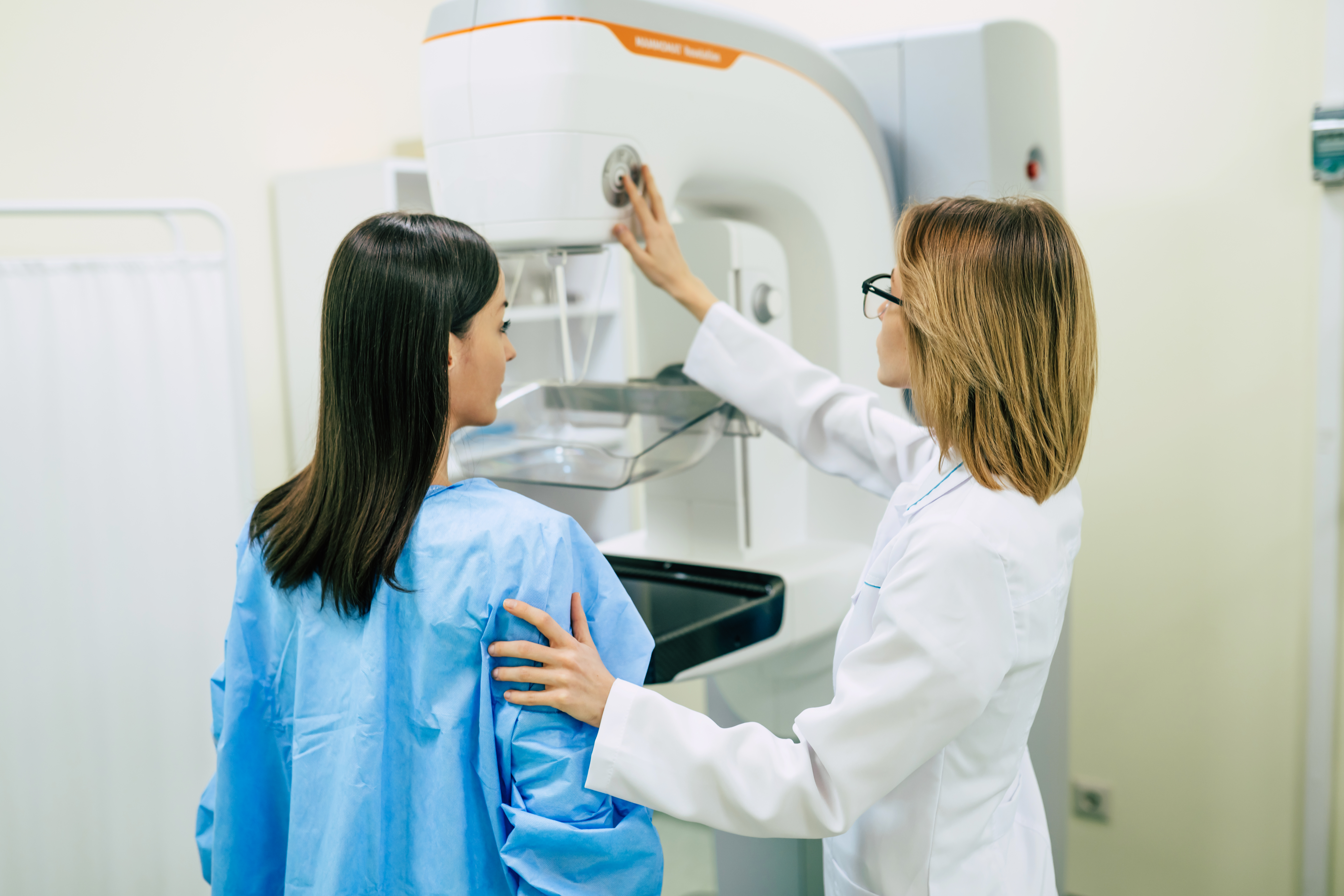With the birth of my second child, so many things were different from my first time giving birth. I had a midwife I really liked. I had a quick delivery. And my baby was happy, breastfed easily, and slept relatively well.
In spite of all these positive differences the second time around, there was a big negative one. Every moment of every day I fervently wished I could just stop existing. I hated feeling that I couldn’t meet the needs of both of my children well, and I (thought I) knew that I was doing a terrible job at being a mother and that nothing would ever change.
But in time, things did.
After a few months, the darkness lightened enough that I found the strength to seek counseling, challenge my harmful thought patterns, and go on a run every day. While these steps didn’t fix everything, the difference was still profound. It felt like seeing the sun again after months of clouds and rain.
While I knew that these months of hating myself and feeling numb, despairing, angry, and a certain paralysis over simple tasks would be diagnosed as postpartum depression (PPD), I never sought medical help.
This is what I would recommend that anyone noticing symptoms of PDD, in themselves or in a loved one, do differently. There are treatment options available for PPD, and a new postpartum depression pill called Zuranolone may truly be a life-saver for some women.
How the postpartum depression pill works
According to Yale Medicine, “Zuranolone is a synthetic form of allopregnanolone, a naturally occurring neurosteroid that the body makes from the hormone progesterone.” Progesterone is known to support sleep and relaxation, and this progesterone derivative helps receptors in the brain that regulate mood and behavior to function properly.
Zuranolone is taken as a once-a-day oral medication over a 14-day period. In the clinical trial for this treatment, women had significantly improved depression symptoms over the control group who did not receive the medicine [1]. For some women, improvement was noticed in the first few days of treatment. The most common side effects included dizziness, sleepiness, and sedation, but these symptoms stopped after the two-week treatment period was over.
The American College of Obstetrics and Gynecology (ACOG) recommends that physicians consider this treatment for their PPD patients, while pointing out the risks and limitations of this drug. Because drowsiness is a side effect, patients are instructed not to drive for twelve hours after each dose, and this drowsiness could add to the difficulty of caring for a newborn for already sleep-deprived moms. ACOG also points out that this study only included a six-week follow up period and excluded women who were breastfeeding. There is no data as of yet on how this medicine affects a breastfeeding infant. While this medication has its pros and cons, the potential to significantly improve PPD symptoms within days may be a powerful tool doctors can use to help suffering new mothers, especially since mental health issues have been found to be the leading cause of maternal mortality.
How is this different from other postpartum depression medications?
Only one other medication has been FDA-approved for postpartum depression treatment, and it uses allopregnanolone, the same active ingredient as Zuranolone. Brexanolone was able to produce the same rapid improvement of depression symptoms as Zuranolone but with one big drawback: Brexanolone is given as a 60-hour infusion, which means a three-day hospital stay hooked up to an IV.
The in-hospital requirement makes this treatment expensive and logistically difficult for many new moms. Especially since financial stress, lack of support, and feeling overwhelmed in caring for the new baby are all risk-factors for PPD in the first place, this treatment may feel out-of-reach for women already more likely to develop PPD. The at-home benefit Zuranolone boasts will help make allopregnanolone treatments more accessible to women.
Is medication the best treatment option for PPD?
Postpartum depression pill Zuranolone isn’t your only option. Like with any medical treatment, the treatment that’s best for you is going to depend on your specific circumstances. And while progesterone can certainly affect mood, it is not the only factor that impacts mood.
Ask yourself these questions to see what might be contributing to PPD
- Are basic needs like water, food, and sleep being met? Even though a new baby necessarily disrupts sleep, what are some ways your partner or a supportive person (or people!) in your life can help you to get more rest?
- Did you have a difficult birth or circumstances that make it harder to care for your baby? Who is someone you can talk through this experience with and who can provide support?
- Are you struggling because your first experiences with your child are different than you have hoped? This can include a traumatic birth, complications from childbirth, difficulty breastfeeding, or having a needy or special-needs baby. It is okay to mourn these unmet expectations! Sometimes you need to acknowledge the hard feelings before you’re ready to look at what’s positive.
- Do you feel caught up in persistent negative or critical thoughts? Do you feel powerless against the problems or hardships in your life? These are issues that cognitive-behavioral therapy specifically seeks to address. Finding a counselor who can help you to find a new perspective on life could be a step to healing.
- Have you experienced depression in the past? Did you receive help during that time? What is something that helped you during that time that you could apply to your life now?
- Do you feel disconnected or isolated? Is there a way you could experience time to yourself, with your spouse, or connecting with friends? Does your church or community center offer ways to receive support from other moms?
If trying one or more of these suggestions feels overwhelming, or if you’ve made positive changes in your life without noticing an improvement in your depression symptoms, this may be a sign that medication is the next best step.
What other treatment options are available?
While Zuranolone is the first FDA-approved pill for treating postpartum depression, the theory it operates on is one that Natural Procreative Technology (NaProTechnology) has used for years to treat PPD. During pregnancy, one of the placenta’s jobs is to produce high levels of progesterone. After the placenta is delivered, this little progesterone machine is just… gone.
Progesterone levels take an abrupt turn downwards and the body has to adjust to totally new biochemical makeup than it’s been used to for the better part of a year. For a lot of women, this contributes to the “baby blues” or feeling sad, tired, or worried for up to two weeks. For other women, this contributes to more intense and persistent symptoms than the baby blues: postpartum depression.
Bioidentical progesterone for postpartum depression
NaPro doctors prescribe bioidentical progesterone to combat this abrupt hormone change, either as an injection or as a capsule or cream or suppository. In her personal story of overcoming PPD with bioidentical progesterone, Laura shares that, although there were still many difficulties in her life, she felt that a huge weight was lifted after she started progesterone treatment. She felt more connected to her baby, more energetic, and better able to continue forward on difficult days instead of feeling hopeless.
Bioidentical progesterone can be a great option, including for women who are interested in Zuranolone but are prohibited by the very high cost. Although a price has not been announced, it’s been reported that the treatment could cost as much as $35,000, and insurance coverage will likely vary from company to company.
The big takeaway
If you suspect that you or someone you love has PPD, reach out to a medical professional. Whether a postpartum depression pill like Zuranolone or bioidentical progesterone or another option (or combination of treatments) is best, there is hope and help. PPD is common and treatable but can cause ongoing problems if left unaddressed. It can take a lot of vulnerability and courage to ask for help, especially when depressive thoughts tell you that you aren’t worth it. You are worth it. You are strong, you are good, and there are resources available to you that can help you to manage your symptoms.
References:
[1] Deligiannidis, Kristina M et al. “Zuranolone for the Treatment of Postpartum Depression.” The American journal of psychiatry vol. 180,9 (2023): 668-675. doi:10.1176/appi.ajp.20220785Additional Reading:
“When does postpartum depression start?” and other questions, answered: A Natural Womanhood PPD FAQ











